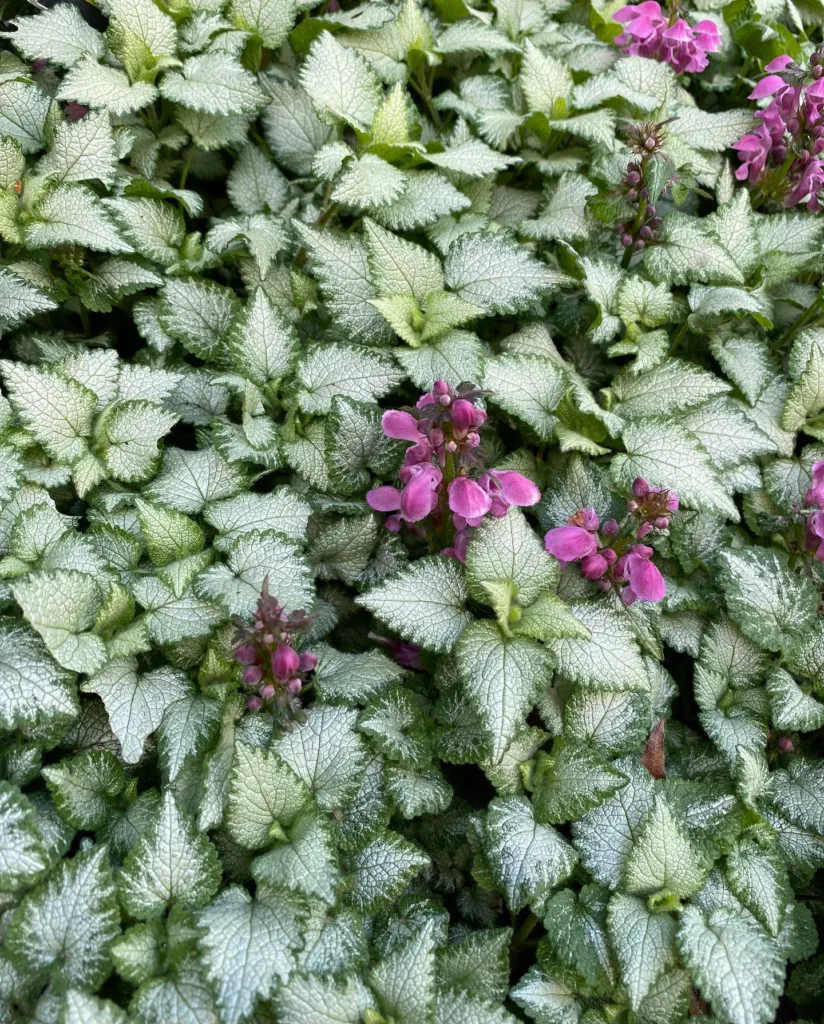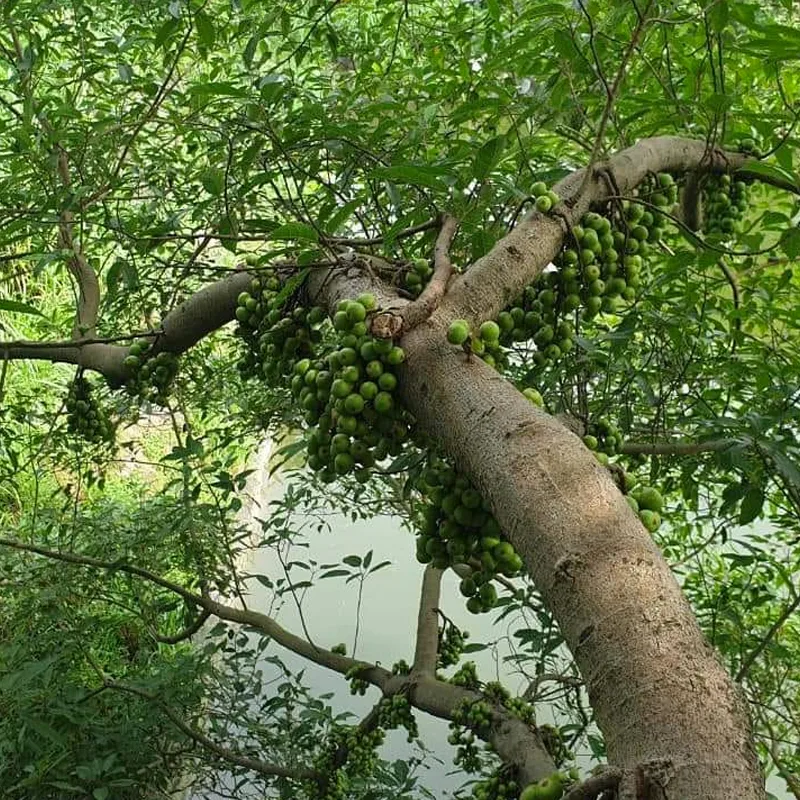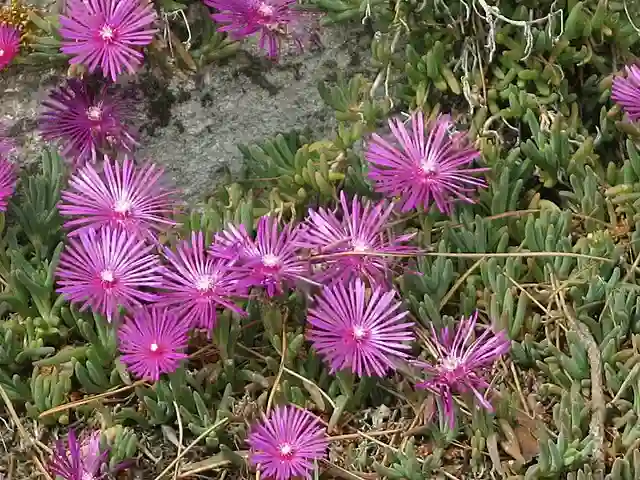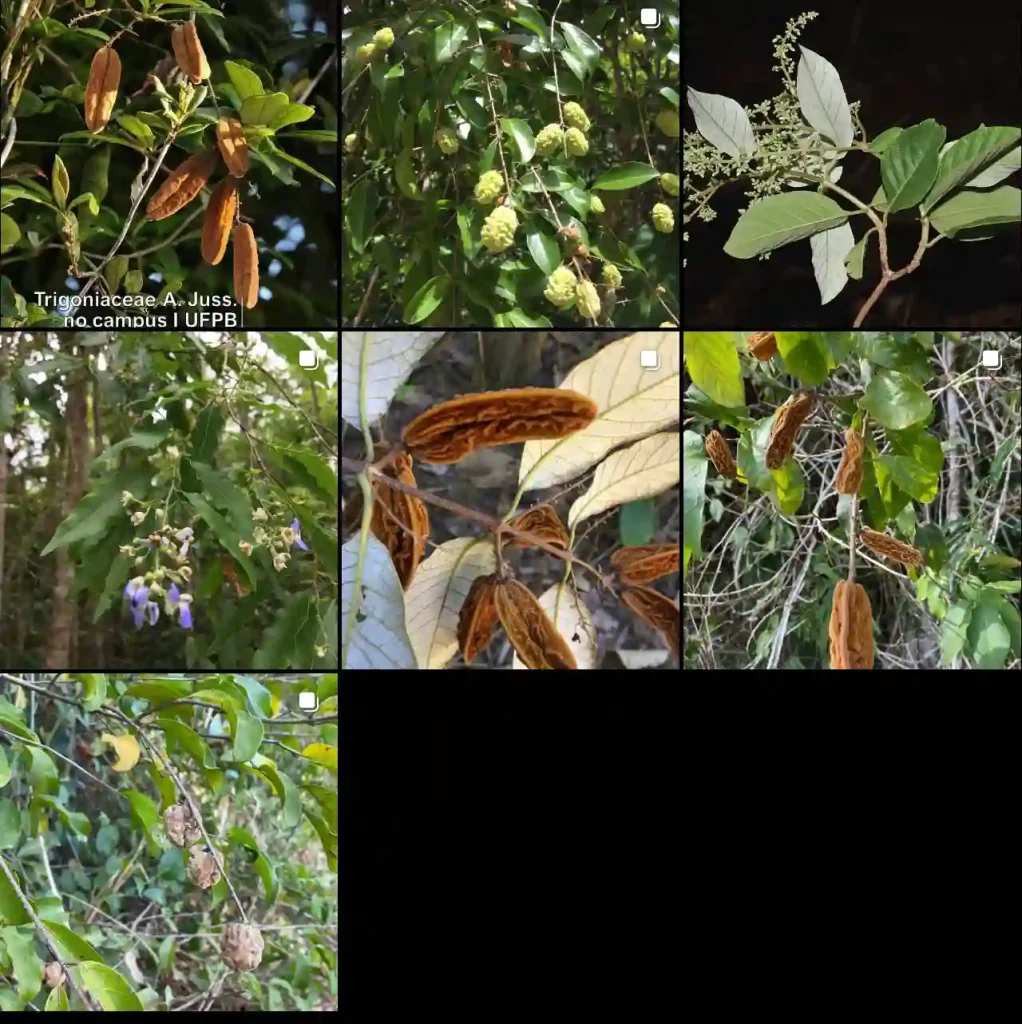
What is Eleusine Indica?
For any homeowner battling a stubborn weed, Eleusine indica, also known as Indian goosegrass, is likely a familiar foe. This tiny, low-growing grass with distinctive radiating whorls of leaves has plagued my lawn for years. Despite its seemingly insignificant stature, Indian goosegrass is a tenacious competitor, stealing valuable resources from desired plants and creating an unsightly, patchy mess.
Understanding this weed is the first step towards conquering it. So, let’s delve deeper into the world of Eleusine indica.
Is Indian Goosegrass a Perennial?
One of the first questions that plagued me was whether I was dealing with a seasonal nuisance or a year-round battle. The answer is a relief: Indian goosegrass is an annual. This means it completes its entire life cycle, from germination to seed production, within a single year. While this may seem like good news, Indian goosegrass is a prolific seeder, readily dispersing its tiny seeds to germinate and torment you next season.
How to Identify Indian Goosegrass?
Knowledge is power, and the ability to identify Indian goosegrass is crucial. Here are some key characteristics to look for:
- Size and stature: Indian goosegrass is a low-growing grass, rarely exceeding 6 inches in height.
- Leaf structure: The most distinctive feature is the leaves. They sprout in whorls radiating outwards from the base, resembling a crow’s foot (hence the nickname crowfootgrass). Individual leaves are narrow and hairless, with a light green to slightly blue-green hue.
- Seedheads: As the plant matures, it produces inconspicuous flower spikes that later transform into clusters of tiny, bead-like seeds. These seeds are easily dispersed by wind, water, or even sticking to shoes and pet fur.
The Fight Against Indian Goosegrass
Eradicating Indian goosegrass requires a multi-pronged approach. Here are some strategies I’ve found effective:
- Prevention is Key: The best defense is a good offense. Maintaining a healthy lawn with dense, established turf makes it harder for Indian goosegrass to establish itself. Regular mowing at an appropriate height for your grass type helps suppress weed growth.
- Cultural Control: Indian goosegrass thrives in compacted soil and full sun. Aerating your lawn allows for better water infiltration and root development, while strategically planting taller plants can shade the soil and discourage germination.
- Herbicides: For stubborn infestations, selective herbicides can be a powerful tool. However, proper identification and choosing a product labeled for Indian goosegrass control are crucial. Always follow the manufacturer’s instructions for safe and effective application.
Living with (or Despite) Indian Goosegrass
While Indian goosegrass is a persistent weed, it’s not invincible. With consistent effort and a combination of techniques, you can gain the upper hand. Remember, a healthy lawn is the best defense.
Additional Tips:
- Hand-pulling: For small infestations, hand-pulling seedlings can be effective. However, ensure you remove the entire root system to prevent regrowth.
- Timing is Crucial: Focus your control efforts on preventing seed production. Apply herbicides or hand-pull before the plant matures and sets seed.
- Be Patient: Controlling Indian goosegrass takes time and persistence. Don’t get discouraged if you don’t see immediate results. Consistent management over several seasons is key to achieving long-term control.
By following these tips and understanding the enemy, you can win the battle against Indian goosegrass and reclaim your beautiful lawn.
If i die, water my plants!



